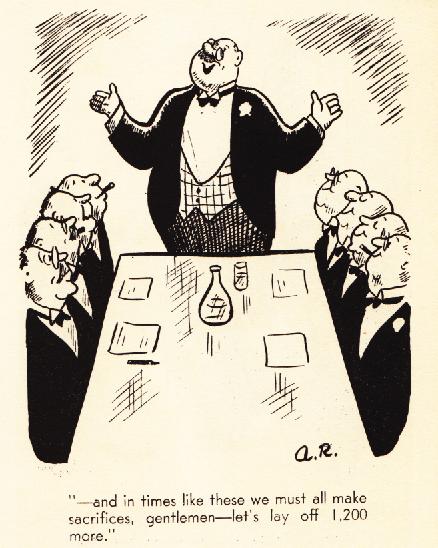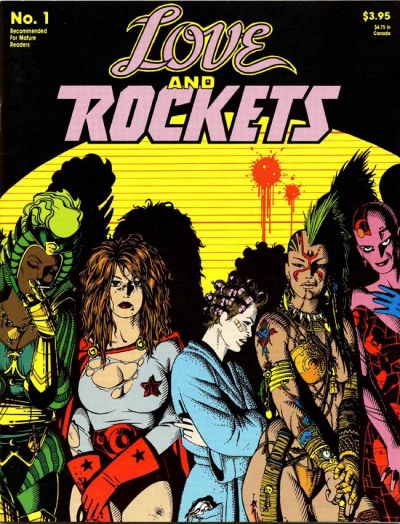Though the Dutch public broadcasters do occasionally pay attention to comics, any sustained interest in them has been lacking for a long time. This changed last Saturday, with the premiere of the new documentary series Beeldverhaal. It’s intended as an introduction to the wonderful world of comics, each of the eight episodes looking at a different aspect. The episodes themselves are only thirty minutes long, but judging from the first episode the creators manage to fit a lot of information in, without overlaoding the viewer. Much of the credit for this must go to the presenter Jean-Marc van Tol, one part of the team behind the hugely succesful Fokke & Sukke cartoon, who turns out to be a natural interviewer with whom other cartoonists feel comfortable.
But the way the programme is structured is also important. In the first episode the subject was (auto)biographical comics, both a genre that has become huge in the Netherlands in the past decade and a genre that’s easy to get for non-comics readers. The programme started by interviewing Jan Kruis, a cartoonist many people would know from his decades long weekly family strip in Libelle magazine, Jan, Jans en de Kinderen. Jean-Marc van Tol talks with him on how he used his own family as inspiration for the strip, even if the family in the strip is never intended to be his own. From there the programme moves on to Gerrit de Jager, creator of the slightly more edgy but almost as long running Familie Doorzon. This from the start was a comic that was more willing and able to talk about sex and drugs and sausage rolls, though still is a classic gag comic, again partially inspired by de Jager’s own life.
From there on it’s a small step to the autobiographical strip proper, as various creators talk to Jean-Marc about how much of their comics is their own life and how much their representation in the strip has become a separate character. Especially interesting was the interview with Maaike Hartjes, who often uses her partner Mark Hendriks in her comics. Hendriks himself is also a cartoonist and tells how this does not bother him, as he knows the difference between himself and the character “Mark Hendriks”. The only time he really had a problem with the way he was portrayed was when Maaike Hartjes did a radio interview and everything that looked innocent in the strip suddenly seemed very personal when he heard it on the radio…
All in all, a good first episode that promised much for the whole series. Future episodes will tackle superheroes, Dutch comics classic Ollie B. Bommel, Tintin, manga, the underground, Suske & Wiske and the Belgian comics scene and finally the modern newspaper strip. The only problem I’ve had with it so far is that the series is broadcasted late on Saturday night, just when the football is on….

